Mayakovsky
A Biography

Mayakovsky
A Biography
Bengt Jangfeldt
Translated by Harry D. Watson
The University of Chicago Press
Chicago and London
B ENGT J ANGFELDT is a Swedish author and researcher. He is the author of several books, including The Hero of Budapest: The Triumph and Tragedy of Raoul Wallenberg.
H ARRY D . W ATSON is an author and translator who lives in Scotland.
Frontispiece: photograph of Mayakovsky by Avraam Sterenberg (ca. 191920) (detail of fig. on , below).
The University of Chicago Press, Chicago 60637
The University of Chicago Press, Ltd., London
English translation 2014 by Harry D. Watson
All rights reserved. Published 2014.
Printed in the United States of America
23 22 21 20 19 18 17 16 15 14 1 2 3 4 5
ISBN-13: 978-0-226-05697-5 (cloth)
ISBN-13: 978-0-226-18868-3 (e-book)
DOI: 10.7208/chicago/9780226188683.001.0001
Originally published as Med livet som insats: berttelsen om Vladimir Majakovskij och hans krets by Wahlstrm and Widstrand, Stockholm, Sweden. Bengt Jangfeldt, 2007. Published in the English language by arrangement with Bonnier Rights, Stockholm, Sweden.
LIBRARY OF CONGRESS CATALOGING-IN-PUBLICATION DATA
Jangfeldt, Bengt, 1948 author.
[Med livet som insats. English]
Mayakovsky : a biography / Bengt Jangfeldt ; translated by Harry D. Watson.
pages cm
In English, translated from Swedish.
Originally published as Med livet som insats : berttelsen om Vladimir Majakovskij och hans krets by Wahlstrm and Widstrand, Stockholm, Sweden. Bengt Jangfeldt, 2007Title page verso.
Includes bibliographical references and index.
ISBN 978-0-226-05697-5 (cloth : alkaline paper)ISBN 978-0-226-18868-3 (e-book) 1. Mayakovsky, Vladimir, 18931930. 2. Poets, Russian20th centuryBiography. 3. Futurism (Literary movement)Soviet Union. I. Watson, Harry D., translator. II. Title.
PG3476.M312J3413 2014
891.7142dc23
[B]
2014015931
 This paper meets the requirements of ANSI/NISO Z39.481992 (Permanence of Paper).
This paper meets the requirements of ANSI/NISO Z39.481992 (Permanence of Paper).
I have had the privilege of knowing personally many of Mayakovskys closest friends, some of them quite wellLili Brik and Vasily Katanyan, Roman Jakobson, Lev Grinkrug, Luella Krasnoshchokova, Galina Katanyan, Rita Rayt, Tatyana Yakovleva, and Veronika Polonskaya.
This book is dedicated to the memory of these people, who have given me so much.
Contents
Your thought,
daydreaming in a brain gone soft,
like some fattened-up lackey on a grease-stained couch,
Ill tease against the bloodied shreds of my heart;
Ill jeer all I want, insolent and caustic.
There isnt a single gray hair in my soul,
nor any generic tenderness!
Thundering the world with the might of my voice,
I go forth, gorgeous,
twenty-two years old.
Tender people!
You play your love on violins.
The brute bangs his out on kettledrums.
But you cant turn yourselves inside out, like I can,
to be pure lips and nothing else!
Vladimir Mayakovsky, from the prologue to A Cloud in Trousers (trans. James H. McGavran III)
The door between the two rooms had been taken off its hinges to make more space. Mayakovsky stood leaning against the doorframe. He took a small notebook from the inside pocket of his jacket, glanced in it and stuck it back in his pocket again. For a while he said nothing. Then, his eyes sweeping over the room as if it were an enormous auditorium, he read out the prologue, and askednot in verse, but in prose, in a low, unforgettable voice:
You think malaria makes me delirious?
It happened.
In Odessa, it happened.
( TRANS. GEORGE REAVEY )
We raised our heads and did not take our eyes off this miracle until it was all over.
Vladimir Mayakovsky had been writing poetry for several years, but this reading of A Cloud in Trousers at the apartment of Lili and Osip Brik in July 1915 marked the beginning of a new stage in both his literary and his private life. The Briks were entranced by his verses and fell in love with them once and for all, remembered Lilis younger sister, Elsa, who was present at the reading. For Mayakovsky, the encounter with Lili and Osip Brik was a turning point in his life that he was later to describe as a most joyous date.
By the summer of 1915, the World War had been raging for a year, and it was obvious to most people that it would be followed by sweeping political and social changes. In the aesthetic spherein literature, painting, and musicthe revolution was already a fact, and Russia was in the vanguard of this process. The composer Igor Stravinsky was enjoying great success in Paris, as was the Ballets Russes under Sergey Diaghilev; and in the field of art the Russians were in the front line, with names like Vasily Kandinsky, Mikhail Larionov, Vladimir Tatlin, and Kazimir Malevich, all of whom in their own way contributed to the groundbreaking development of Russian art in these years.
One of the starting shots for the modern breakthrough was fired in 1909, when the Italian Filippo Tommaso Marinetti proclaimed Futurism, a movement heralding a general revolt against the cultural heritage in literature as well as art and music. Futurism had an enormous impact in Russia, where its most interesting development was in the field of literature.
One of the participants in this movement was Vladimir Mayakovsky, who at the time of his meeting with Lili and Osip Brik was only twenty-two years old but, despite his youth, one of Futurisms leading figures. In Boris Pasternaks poignant definition, since childhood he was the spoilt creature of a future that yielded to him quite early on and seemingly with no great effort. When this future arrived two years later, it was spelled Revolutionnext to the two world wars the Russian Revolution was the most emblematic political event of the twentieth century. With all his talent and passion, Mayakovsky plunged into this enormous social and political experiment, which had the classless Communist society as its final goal. No other writer is as indissolubly linked with the Russian Revolution as Mayakovsky.
In this struggle for a new and more just society, he was joined by a generation of like-minded people who had grown up with the Revolution as an all-absorbing idea. To this generation belonged Lili and Osip Brik, who were as inseparably united with Mayakovsky as he himself was with the Revolution. It is impossible to talk about Mayakovsky without talking about them, and vice versa. During the 1920s, the constellation Mayakovsky-Brik became the very embodiment of the aesthetic and political avant-gardeand of a new, avant-garde morality. Mayakovsky was the main poet of the Revolution, Osip, one of the leading cultural critics, and Lili, with her liberal attitude toward love and sex, the symbol of modern woman, freed from the moral fetters of bourgeois society.
From that overwhelming evening in July 1915 onward, Mayakovsky, Lili, and Osip Brik were inseparable. For fifteen years, they lived together in one of the most remarkable and legendary relationships in the history of Russian literaturefor fifteen years, until the sunny day in April 1930 when a pistol bullet tore their lives to pieces. And not only theirs: the bullet that penetrated Vladimir Mayakovskys heart also shot to pieces the dream of Communism and signaled the beginning of the Communist nightmare of the 1930s.
It is this vortex of political, literary, and private storms that this story of Vladimir Mayakovsky and his circle is about.

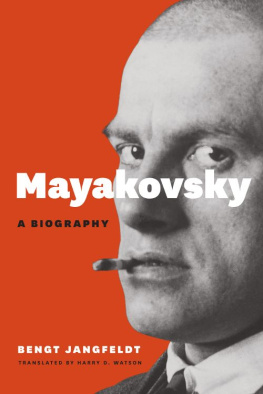
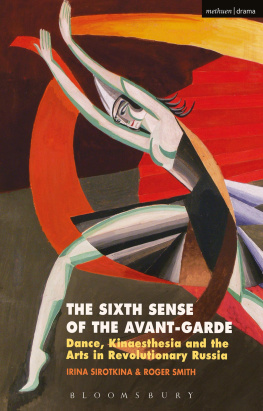
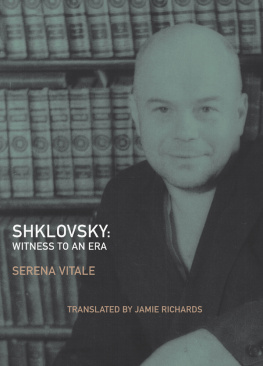
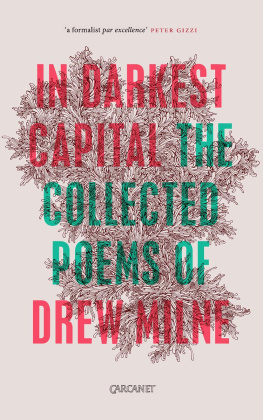


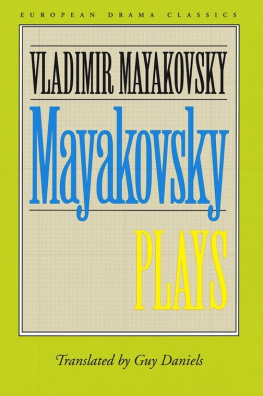

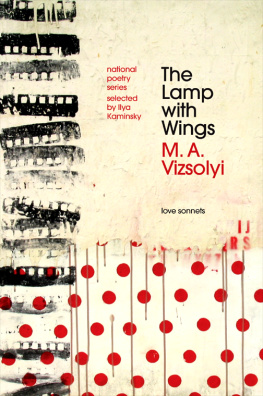
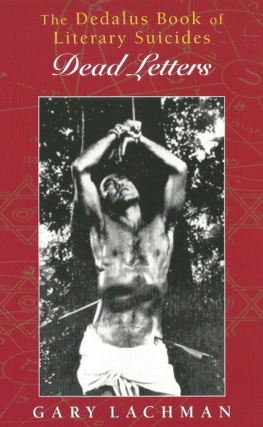
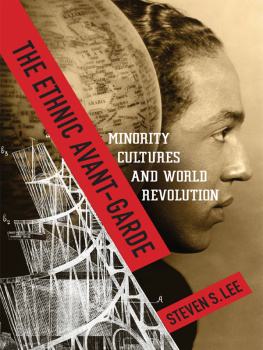

 This paper meets the requirements of ANSI/NISO Z39.481992 (Permanence of Paper).
This paper meets the requirements of ANSI/NISO Z39.481992 (Permanence of Paper).